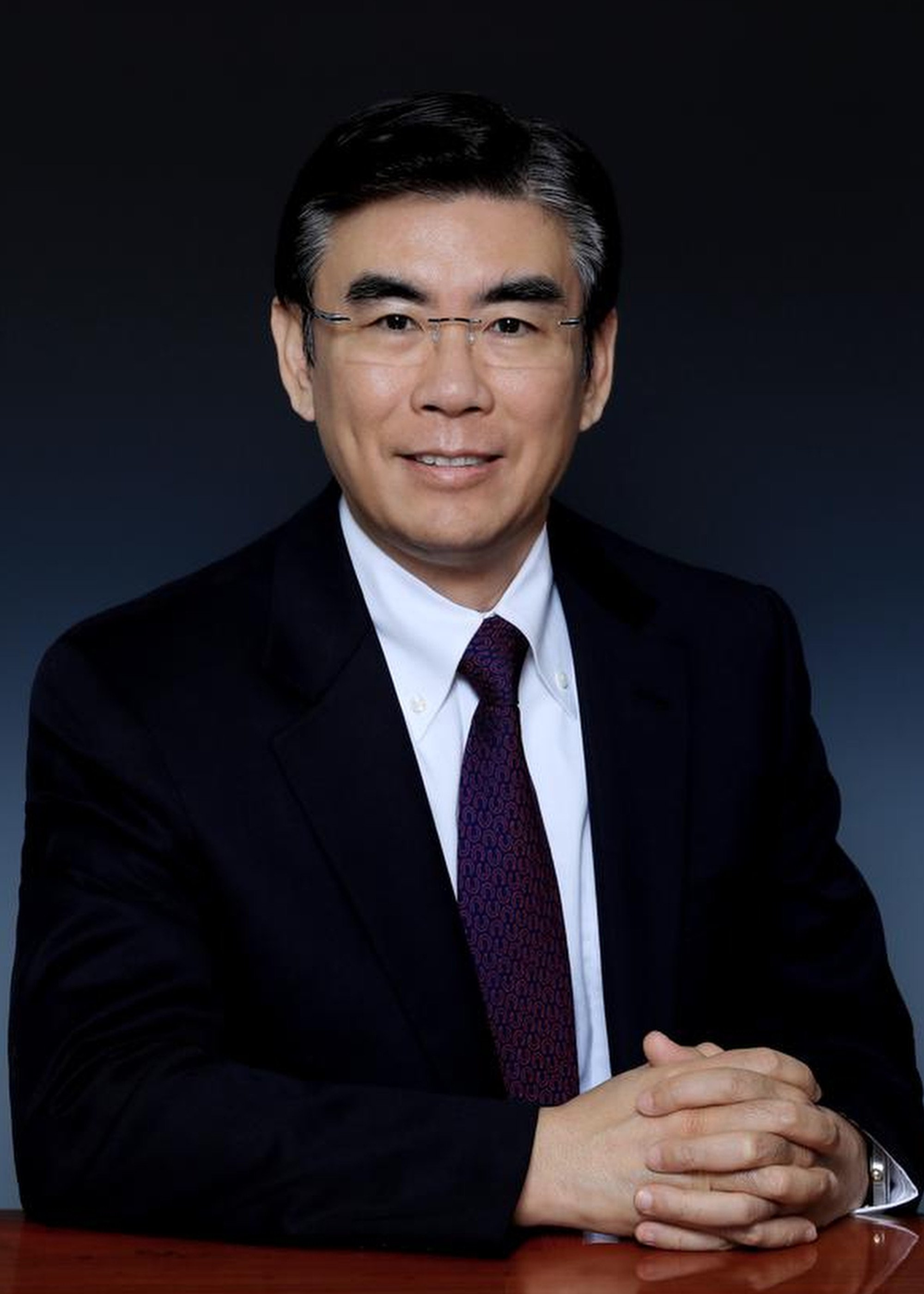
China Semiconductor Industry Association’s Wei Shaojun sees new design architecture and microsystem integration as pathways to progress. — SCMP
China must develop new chip-design technologies that do not rely on advanced manufacturing processes, according to one of the mainland’s leading authorities on semiconductors, as the domestic integrated circuit (IC) industry faces increased US technology restrictions.
“It’s time to commit to building our own technological ecosystem,” Wei Shaojun, a professor at Tsinghua University’s School of Integrated Circuits and vice-president of the China Semiconductor Industry Association, said in his keynote speech on Wednesday at this year’s China Integrated Circuit Design Industry Exhibition in Shanghai.
“External advanced resources are now closed to China,” Wei said. “The range of manufacturing technologies available to us is no longer as diverse as before.”
His call for greater domestic innovation reflects the Chinese IC industry’s concerns over the severity of tightened US chip restrictions.
The latest US measures, announced earlier this month, imposed export restrictions on 24 types of chipmaking equipment and three categories of software essential for IC development. Washington also added 140 Chinese semiconductor enterprises to its so-called Entity List, which generally bars them from doing business with US companies.

Wei suggested creating new design architecture and microsystem integration as two paths to innovation that could help China advance from its current position, which is in the mid- to low-end of the global value chain.
The domestic chip design sector’s current situation has been exacerbated by the restricted access to advanced electronic design automation (EDA) software and chip lithography machines under US sanctions.
Another industry insider reiterated how tech restrictions have hindered chip-design innovation on the mainland.
“We’re essentially blocked from advanced processing technologies, both in software and hardware,” Chen Zenghui, chief technology officer at Shanghai-based EDA firm PhySim Electricity Technology, said in a recent interview with the South China Morning Post.
“Using 3D stacking and heterogeneous integration offers a long-term, viable solution to bypass sanctions,” Chen said. He suggested that stacking chips with lower processing power could deliver performance comparable to certain advanced nodes.

China’s chip-design sales are projected to reach 646bil yuan (RM394.67bil or US$89.1bil) this year, Wei said. That output, however, would fall short of the global semiconductor industry’s forecast 19% growth rate in 2024, according to Wei, citing data from the latest World Semiconductor Trade Statistics.
Chips for communications and consumer electronics dominate China’s IC design market, with a combined share of 68.48%, according to Wei. Computer processors, meanwhile, account for less than 11%.
Wei said the challenge for China’s chip-design enterprises comes from the lack of transformative “killer” applications, as emerging industries like artificial intelligence and electric vehicles have yet to reach full mainstream adoption.
Meanwhile, concerns over the impact of US sanctions resulted in the continued expansion of China’s semiconductor imports, as mainland enterprises rushed to stockpile ICs.
From January to November, China imported 501.47 billion ICs, a 14.8% increase in volume compared to the same period last year, according to customs data released Tuesday. The total value of these imports rose to US$349bil (RM1.54 trillion), up 10.5% from a year ago.
China’s semiconductor exports also recorded double-digit growth in terms of volume and value in the January-November period, showing continued momentum in the country’s production of so-called legacy chips. The country exported 271.6 billion ICs during that period, an 11.4% increase from the previous year. The value of these exports nearly reached US$145bil (RM643.50bil), up 18.8% from a year earlier. – South China Morning Post










































